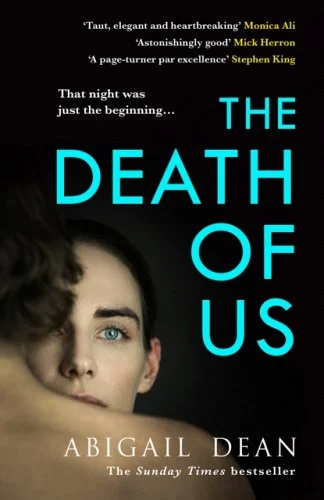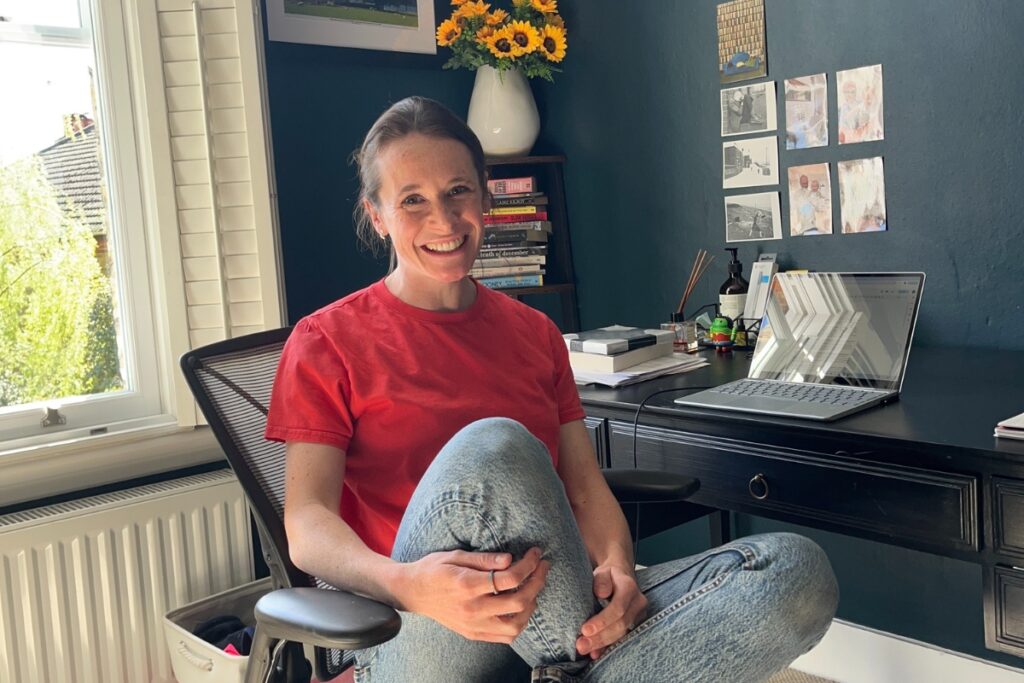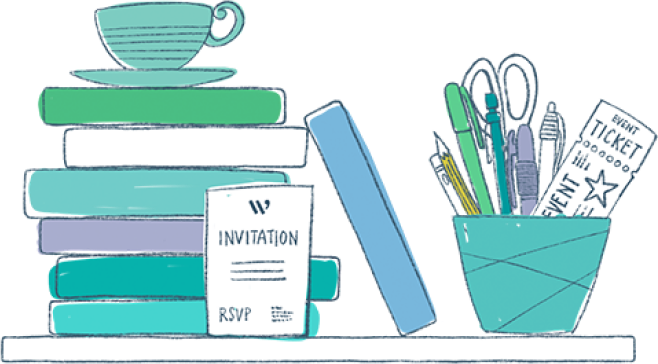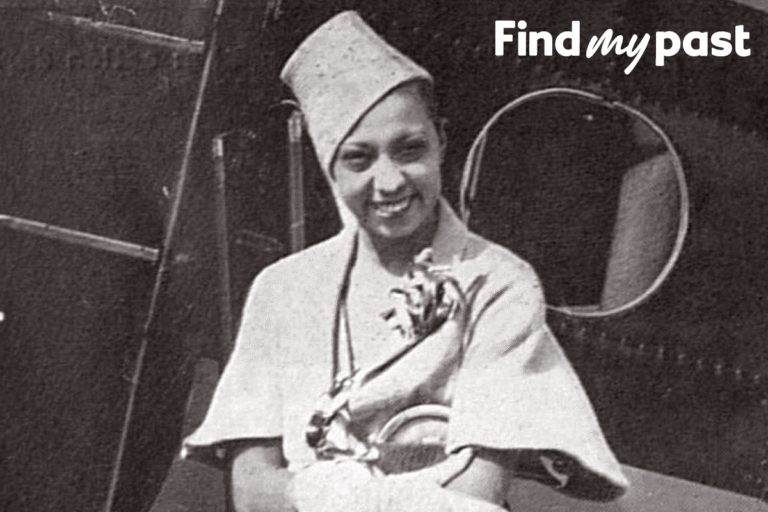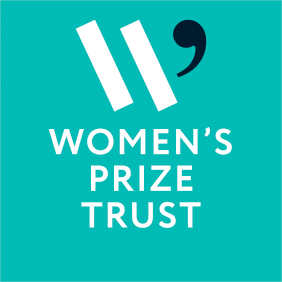To celebrate the publication of her new book The Death of Us, we caught up with bestselling author Abigail Dean to ask her about her workspace and to learn more her writing process.
Where do you write?
I’m fortunate enough to have a study in my house. The study is painted dark blue and contains a desk, an ergonomic chair, a yellow velvet armchair, and plenty of books. In the morning, it’s a real suntrap, and I’m usually joined by our lazy, loveable cat, Woody, searching for the best patch of sunshine in the house. Although this is my favourite place to write, I try not to be too precious about it; sections of all of my novels have been written in the Notes section of my phone. I also have a laptop small enough to shove into a handbag, which is inevitably a little cracked from being carted around London.
What do you have on your desk?
When I’m writing, I keep a pile of books on my desk for inspiration. These don’t tend to be research texts, but fiction which does something I’m trying to achieve, whether it’s a particular atmosphere or sharp dialogue or a great sense of place. When I was writing The Death of Us, it was a pile of love stories, everything from Sally Rooney’s Normal People to Ernest Hemingway’s The Sun Also Rises. I’m not a particularly orderly worker, so there are also bookmarks, perfume, pens, and glasses I haven’t worn since 2019.
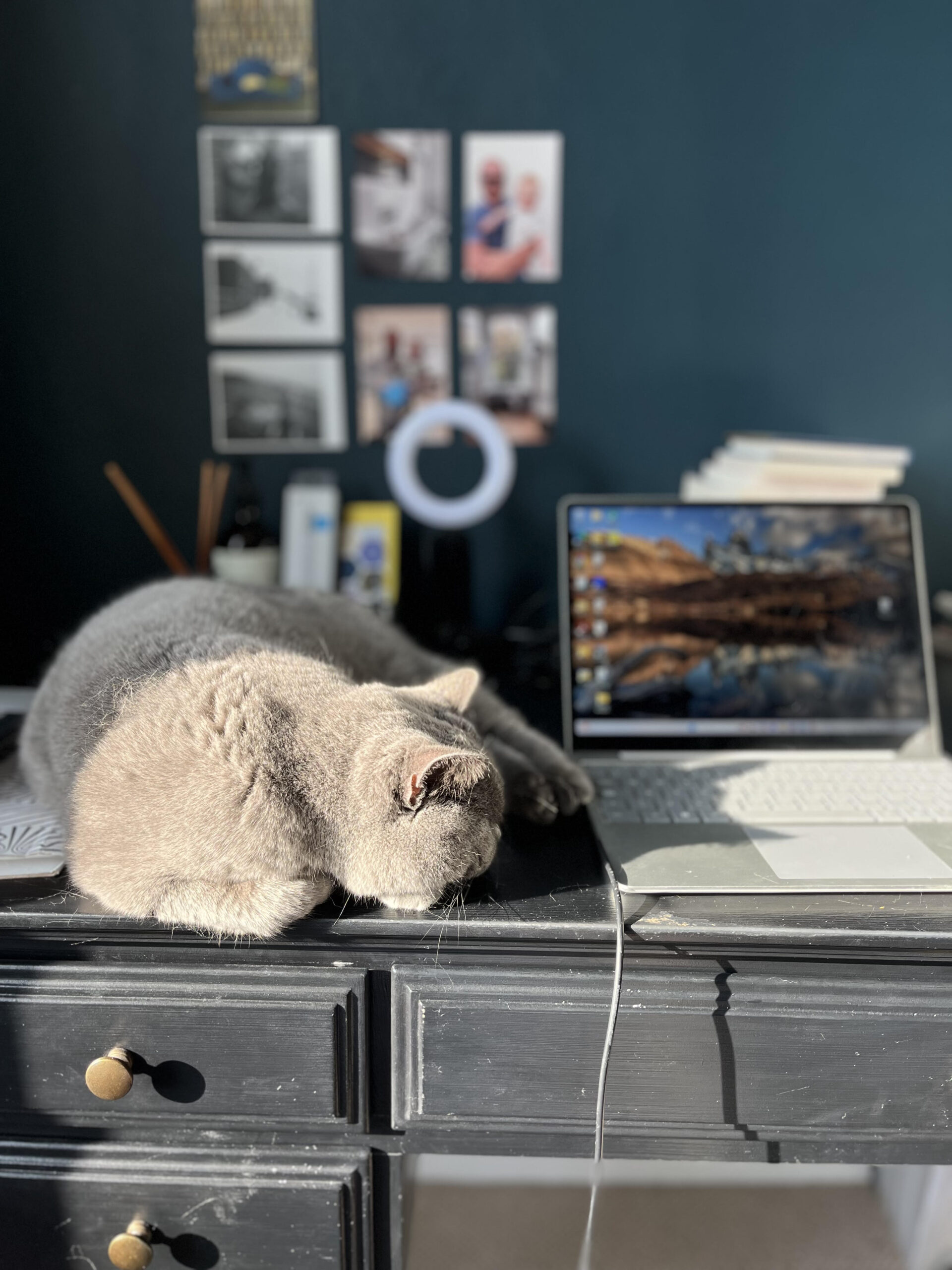
Which is the most inspiring object in your workspace?
I have filled the room with art that I love, which tends to be either too frightening or too dorky for the rest of the house. I have a poster from the videogame Final Fantasy VII, which was a childhood obsession and a huge inspiration for my writing. I also have a print by Sarah Coomer, who creates wonderfully eerie images of legends and landscapes, and a photo series by Ibrahim Özvariş, A Lifetime with You, which can be rearranged to tell different stories about love and loss.
What does your writing process, from gathering ideas to finished manuscript, look like?
I’m a full time writer now, working four days a week. Each day is bookended by the nursery run, which means there isn’t a great deal of time for procrastination. I’m not much of a planner. I get a sense of whether an idea has staying power by how much I’m thinking about it. If it’s becoming an obsession, something I daydream about and mull over in the middle of the night, then I know it’s worth pursuing.
I’ll record some notes in a Google Doc and work into that, researching as I go, adding to the plan as the story and characters develop. My first draft of The Death of Us took around nine months; I then shared it with my agent and editor for comments. The duration and extent of edits can vary hugely, and it’s this part of the process that I find most daunting. For The Death of Us, edits took around three months, but for my second novel, Day One, edits took over a year. Inevitably, the excitement of that first draft diminishes: the characters become people you are stuck with, rather than people you’re excited to meet. That said, I still consider being edited a huge privilege. You have a whole team behind you, people dedicated to helping you write the book as well as you possibly can.
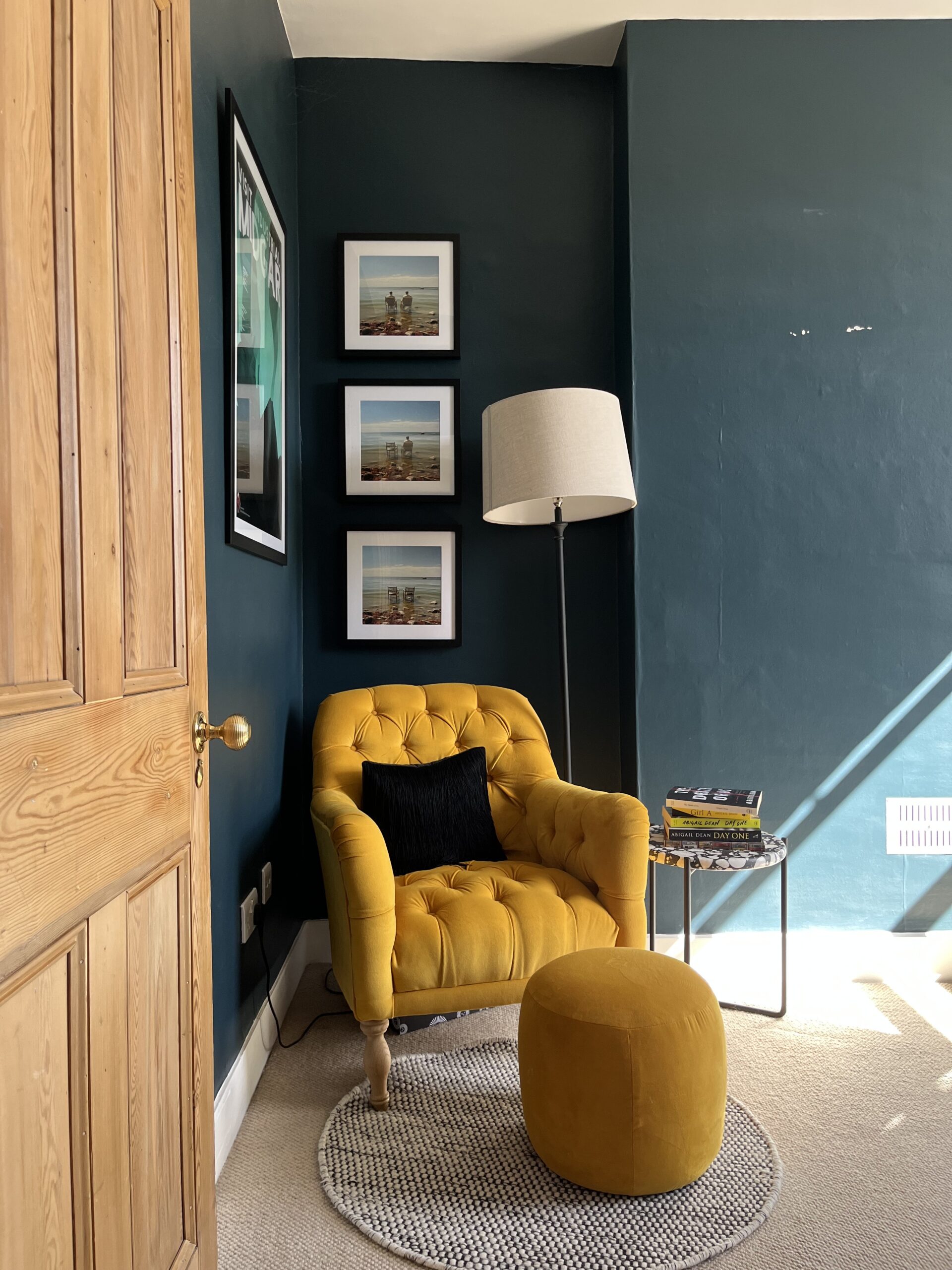
What can you see from your window?
I live in South East London, so I can see into plenty of other houses, but as of yet, I haven’t had any The Girl on the Train-esque moments of excitement. I can also see the Kent countryside in the distance, and planes coming in to land at City and Heathrow. My son and I like to speculate about where they’ve travelled from.
Have you ever had a particularly good piece of writing advice?
I hate to admit it, but the best piece of writing advice I’ve received came from my husband, who I’ve known since we were nineteen. In our late twenties, he was evidently becoming tired of hearing me talk about how much I wanted to be a writer. If you want to be a writer, he said, then you really have to write something. It was said with great kindness, and it remains an inconvenient truth.
